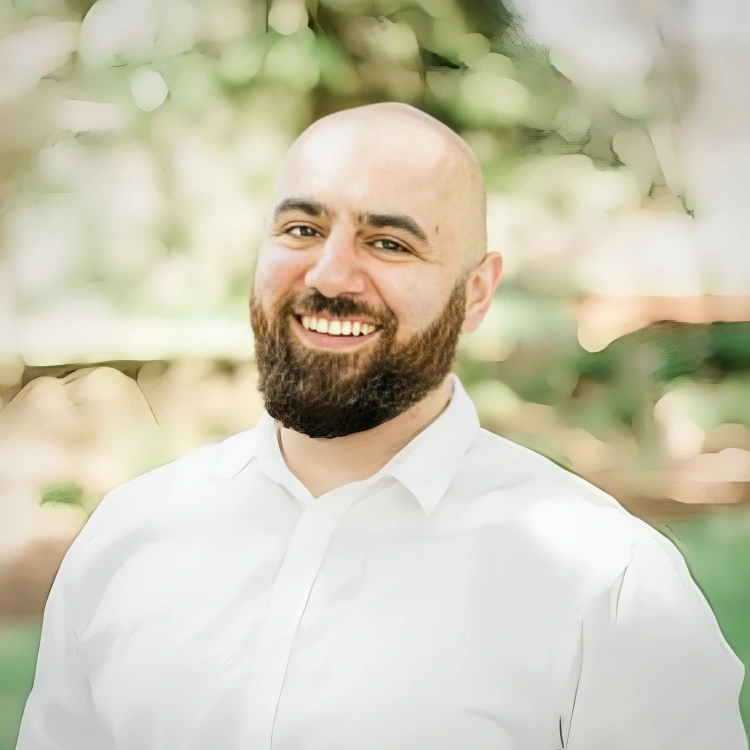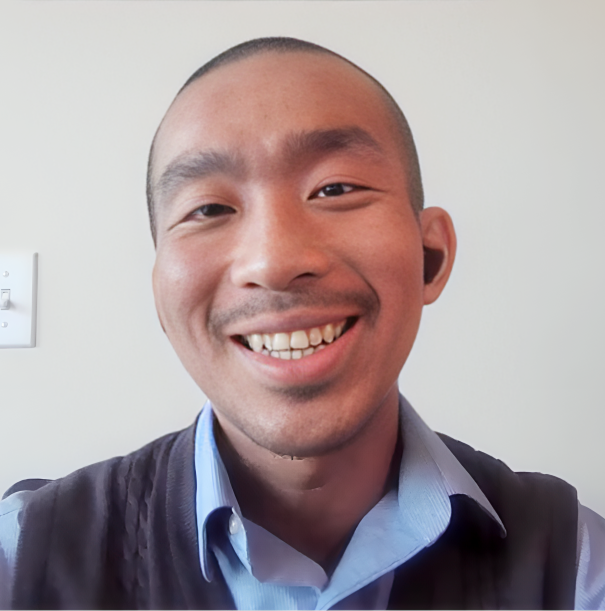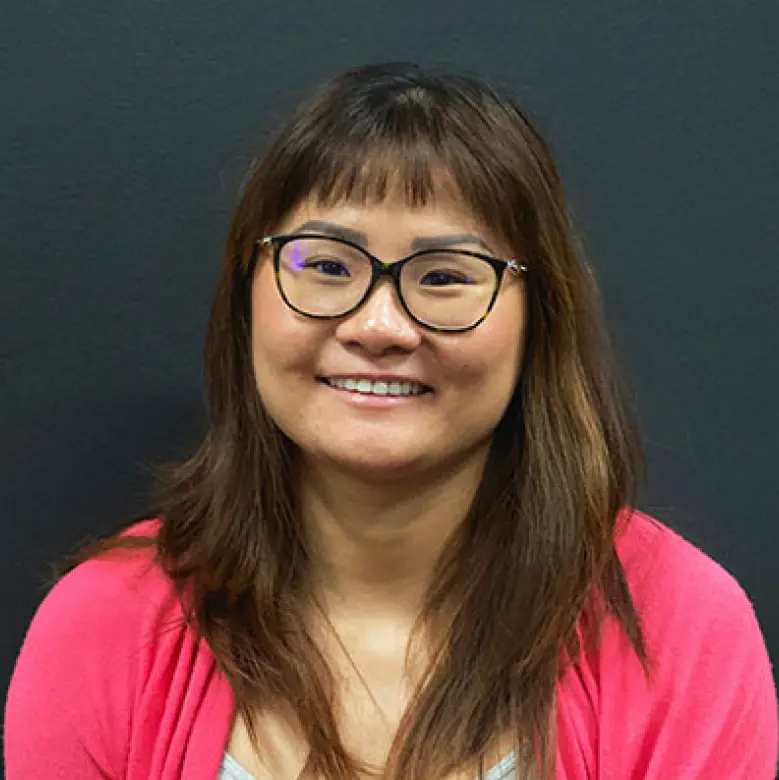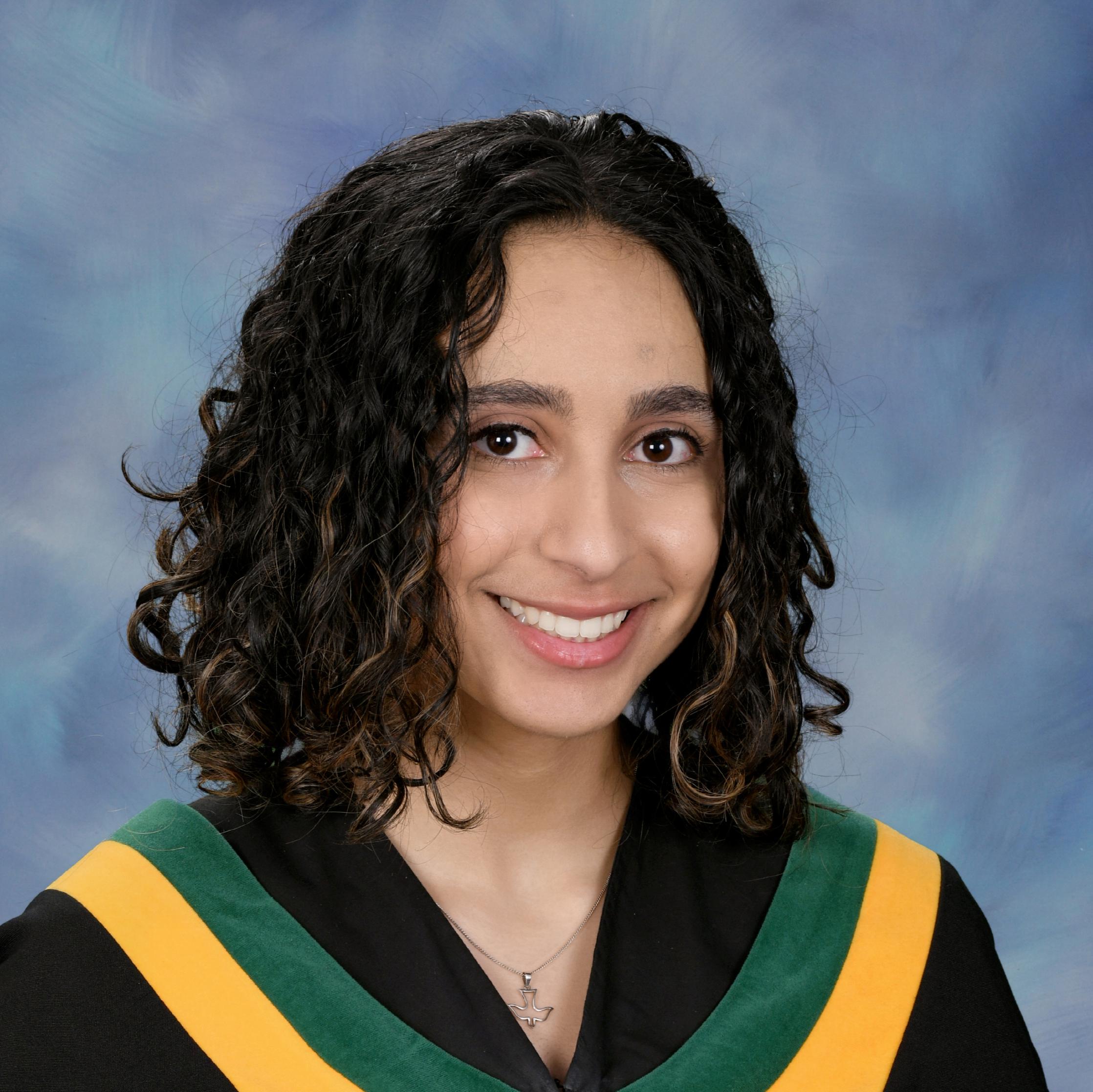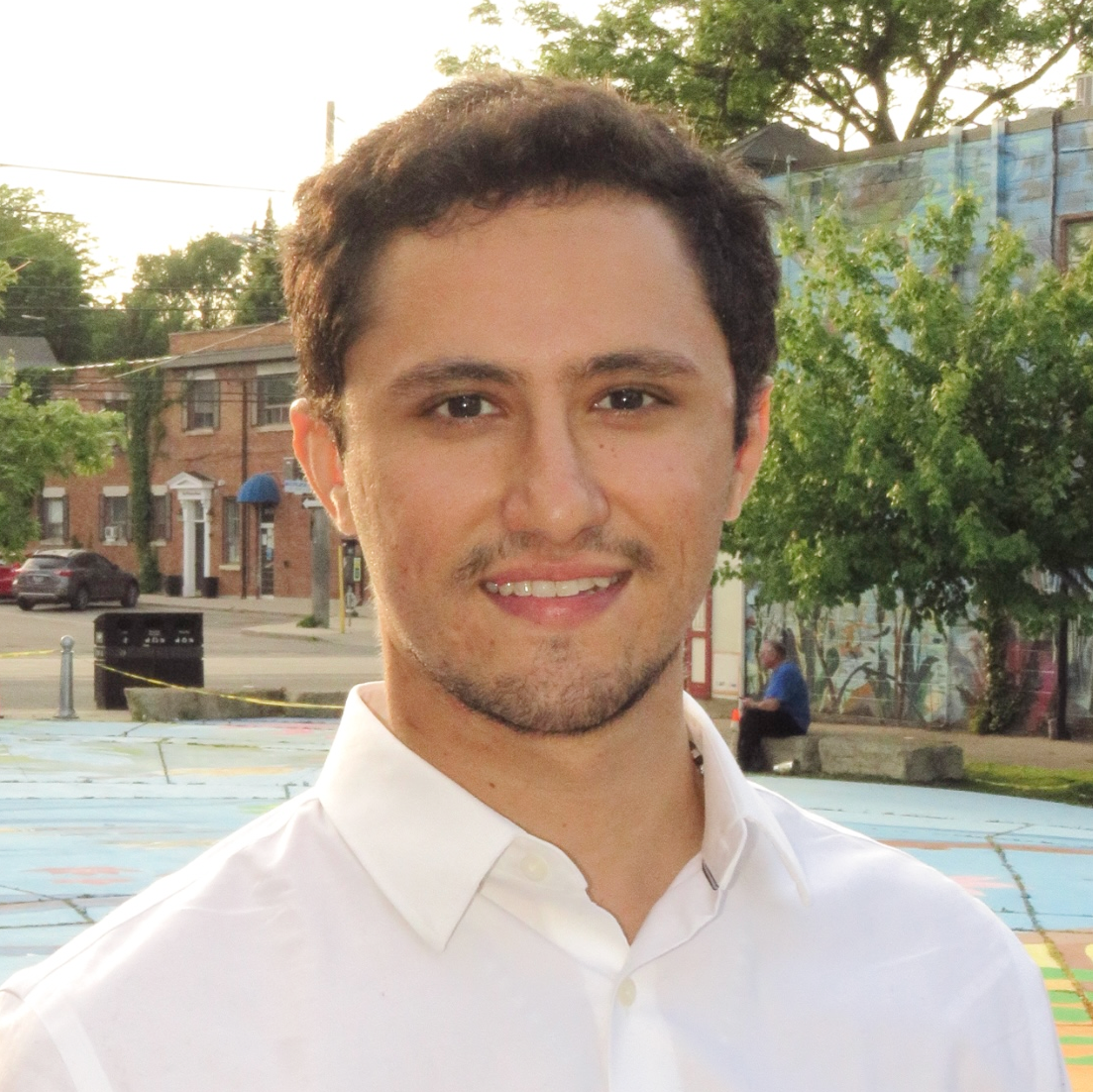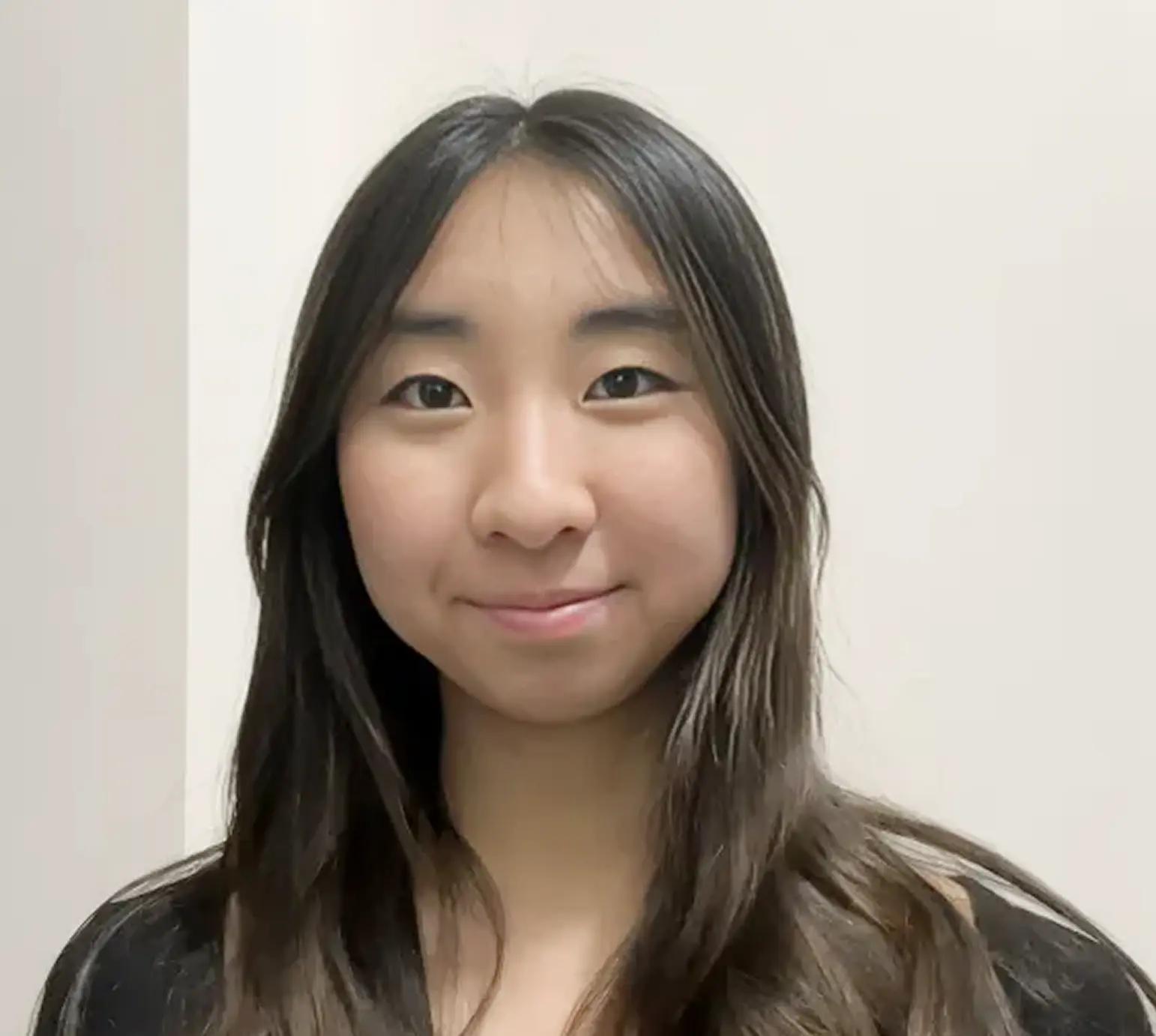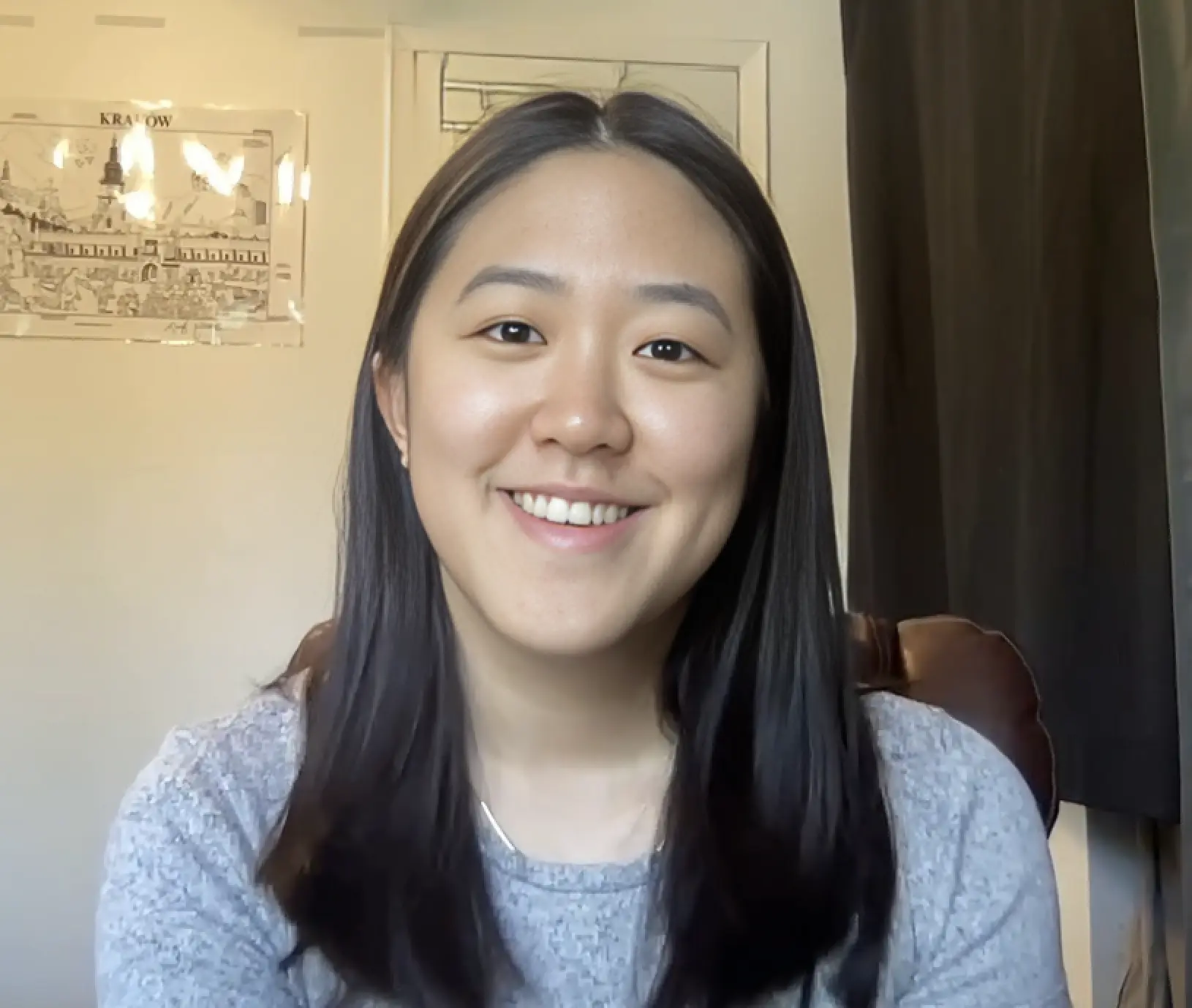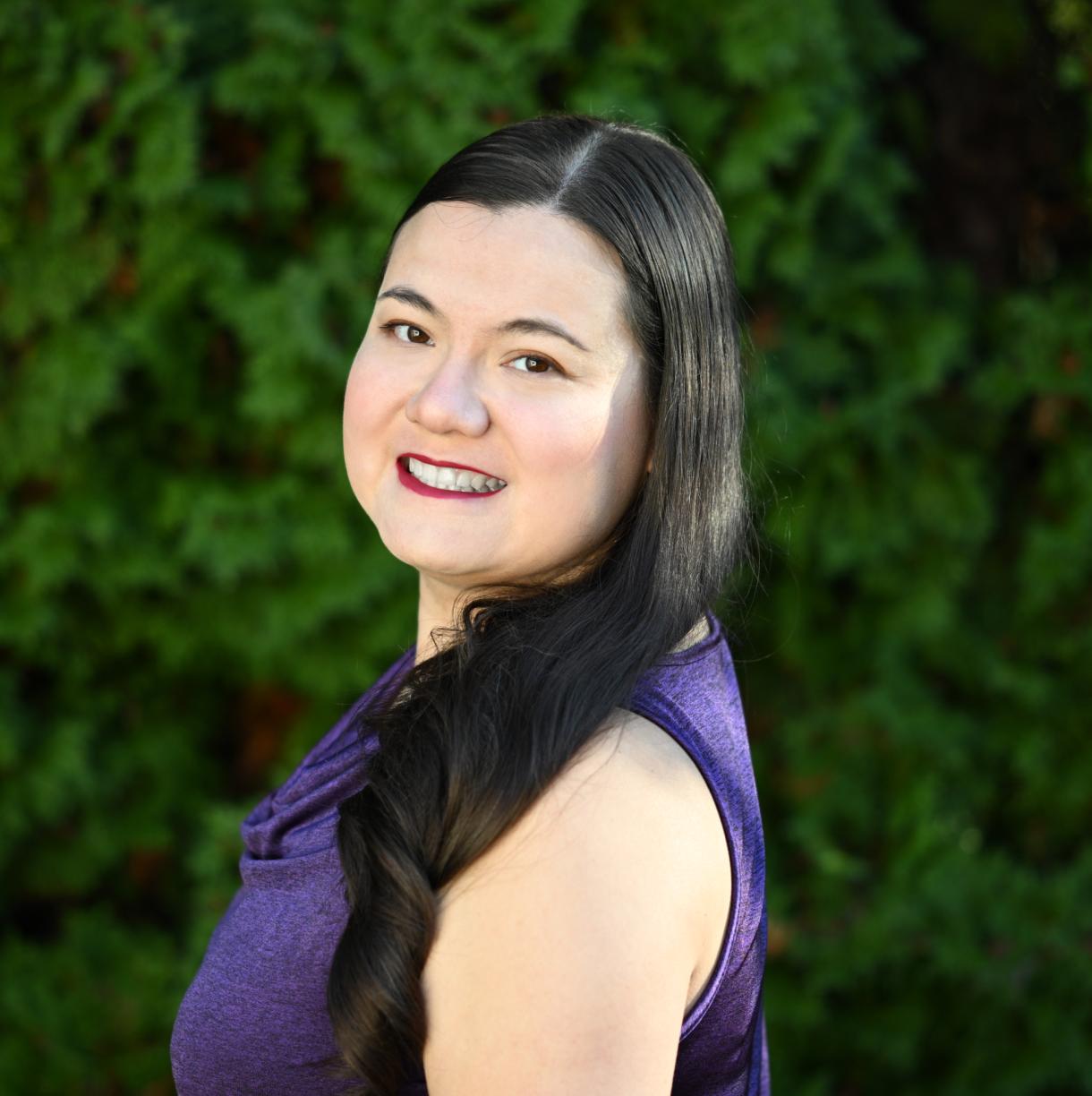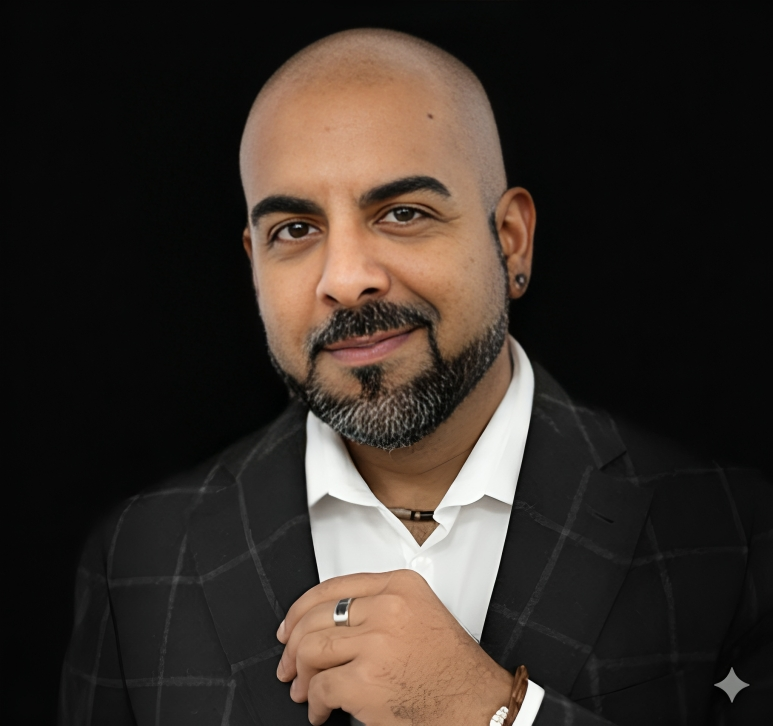
Whether you’re a newcomer to Canada or have grown up in the Canadian school system, you may have a number of questions about the structure of the education system in our country. As a parent, you want the best for your children, and to support and prepare them for each stage of their education. In this blog, we’ll review the Canadian education system's reputation for quality — across primary and elementary education through to advanced degrees — plus explain how education can differ by province or territory.
The Structure of the Canadian Education System
Canada is consistently ranked as one of the highest-performers in the OECD's annual Programme for International Student Assessment (PISA). Our students are among the best in the world for sciences, and are also above average in mathematics and reading.
In Canada, students are generally expected to begin attending school by age 6, and school is compulsory until age 16. These guidelines are enforced by province, however. Some school systems, such as Ontario’s, mandate that students must stay in school to the age of 18, or until they have earned a high school diploma. In Quebec, students finish high school in grade 11, and generally progress to Cegep, a collegiate program. It can include education in trades or vocations (three years), or a two-year pre-university course.
Finally, while students are mandated to begin school between the ages of 5 and 7 depending on the province, most students begin with kindergarten or pre-kindergarten classes, from the ages of 4 to 5.
The school systems are governed at the provincial level in Canada, but public education is similar across the country. Each province or territory has a department or ministry of education. These governing bodies define policy and legislation, as well as managing the standards for the educational, administrative and financial workings of the department or ministry. The differences between provinces are due to the unique culture, history of geographic conditions of each region, with no significant differences in quality or knowledge attainment between the provincial and territorial systems.

Education Levels
Like most western countries, Canada’s school systems are divided into elementary education, high school, and optional post-secondary programs. Public education at the elementary and high school level is free to all students of the right age group, provided they are residents of the province they are seeking education in.
Elementary School
In elementary school, children attend full day classes with a group of their peers. Their teacher is usually the same across most subjects, and students do most of their learning in the same classroom. In some provinces, elementary education is governed by a religious body, such as a Catholic school board. There are also private schools, for which parents will pay a yearly tuition. These schools may be religious, and they may also be segregated by gender.
For families who are newcomers to Canada, their child may be assessed by the school board to ensure they are placed in a grade and classroom that is appropriate for their current educational level.
High School
High school in Canada is designed to prepare students for their post-secondary education. In some provinces, students may elect to begin vocational training starting in high school, instead of preparing for a college or university program. In Quebec, for example, students enter the Cegep program after grade 11 to prepare for either skills training in trades, or a pre-university program.
Offset: Looking for more information on how to make the leap from elementary to high school? Check out our blog How to Prepare for High School: Essential Tips for a Smooth Transition.
Post-Secondary Education Options
Finally, the Canadian education system offers a number of world-class universities, accredited colleges, and other vocational training. These schools are subject to strict regulation to ensure their quality and suitability of the skills they teach. Canada offers a mix of public and private institutions for post-secondary education, each with their own admissions standards and schedule of fees. The government bodies in each province oversee funding, fee structures, and institutional accountability to ensure the quality of education provided.
Looking to apply for university or college in Canada? Don’t miss our blog How to Write a Compelling College Admissions Essay.
Language Education
As Canada is officially a bilingual country, education is offered in both English and French. For newcomers and citizens, there are a number of programs available to learn one or both of the country’s languages. Schools for minors and adults are accredited by Languages Canada. There are more than 225 language schools in the country, and many focus on preparing international students to study at the post-secondary level. Note that all higher education programs in Canada require students to study in either English or French.
Language schools prepare students for standardized tests in English or French. For adults, these schools teach business language skills. The fees vary by school, and some students will require a study permit from the government to enroll. Students’ skill level in their chosen language will be assessed by the school upon enrollment, and will then commit to a course of study based on their needs.
Online and Distance Learning
The Canadian education system has long been a leader in online and distance education. Most universities and colleges in the country offer at least some online education options, while many have established and effective programs so that students can earn their full degree or diploma online. Remote learning has the benefit of allowing both Canadian citizens and international students the ability to get a high-quality education from anywhere. These programs are regulated and accredited like any in-person learning in Canada, so students can be assured they’re getting the best education that Canada has to offer. To explore learning options, contact the post-secondary institution of your choice for more information.

Pathways to Higher Education
After completing a high school diploma, Canadian students have several options for their post-secondary education. The majority of Canadians pursue university degrees, with 30% of adults under 34 holding a bachelor’s degree, and a further 12% earning a master’s or doctorate degree. Undergraduate programs are typically four years in length, however the Cegep program in Quebec means that most undergraduate programs are three years in that province. Graduate degrees are typically two to five years in length.
24 percent of young Canadians hold a college diploma. This training is typically two years, and is focused on preparing students for a specific career or profession. Students may also wish to pursue an apprenticeship after high school, with 9% of young Canadians holding a trade certificate. These programs are often four years, focused on on-the-job training.
Taken together, 75% of young Canadians have completed post-secondary education. All these options are strictly regulated at the provincial level, and are designed to ensure a high-quality learning experience.
Conclusion
Education in Canada is consistently ranked as some of the highest quality in the world, across primary and elementary to post-secondary learning. The accessibility of good education in Canada is a matter of national pride, and each province and territory takes the task of providing residents with quality education seriously. For parents of young children or teens, more information is available by speaking to your local school board, or representatives of your provincial school system.
FAQs
In Canada, education is regulated at the provincial or territorial level. Education is structured beginning with elementary, then moving to high school and optional post secondary programs. Students in Canada can usually expect to study in either English or French according to their preferences.
Apart from the age requirements for each, elementary schools in Canada focus on providing strong reading, math, and science programs, which are ranked third for quality among the world’s richest nations. High school for Canadian students is focused on preparing them for higher study (university or college), but some provincial systems also offer job training to students at this level. There are also private institutions in most provinces in addition to the public school systems.
Canadian students can enroll in university, college or training institutes for their post-secondary education. These programs can range from 1-4 years, and are obliged to be accredited by the province in which they operate.
Most English-speaking provinces in Canada have French immersion programs in their schools. Students are taught primarily in French, but also study English language and literature. In Quebec, students are taught primarily in French, but Anglophone parents can apply to have their children study an English curriculum.
Online learning is popular in Canada, and allows students to study at top universities even if they can’t be present in the classroom. International students can also earn a Canadian degree or diploma with distance learning. The flexibility of online study is also important for many students.
Students in Canada must earn a high school diploma to apply for and be accepted into a post-secondary program. Students have the option to pursue a university degree, college diploma, or vocational training. In Quebec, the Cegep program offers a pre-university track or a trades-focused college track.


